6 Steps to Choosing a Connector
Connectors come in a variety of forms and are each suitable for working safely at heights depending on what your work environment calls for. We’ve developed this guide to help you make the right decisions when choosing your lifeline connector.
Frequently Asked Questions
Setting up your team with the right safety equipment for a job should be a top priority. Explore our answers to the questions we often hear about fall protection.
Fall arrest and fall restraint systems sound similar, but they work differently. A fall arrest system allows a fall to occur, but the technology is designed to minimize the chances of a person making contact with another surface. In other words, these systems shorten the distance of the fall and catch the worker in suspension, rather than preventing it.
On the other hand, a fall restraint system utilizes a tie-off system that prevents workers from reaching an edge, falling over an edge, or sliding off a surface entirely. The right system for you will depend on factors like your location, the task at hand, and how much space you have available.
Some types of fall protection equipment may have an expiration date. You can typically find information about your equipment’s life span in the owner’s manual.
Not all equipment will have an expiration date. In these cases, a Competent Person should regularly inspect your gear to ensure it’s in an acceptable condition for use. You can prolong the life of your personal fall protection equipment by storing it in a temperature-controlled setting and keeping it clean.
- Contact Us

